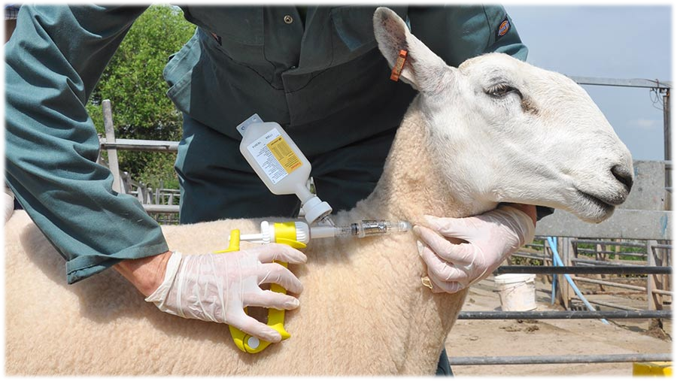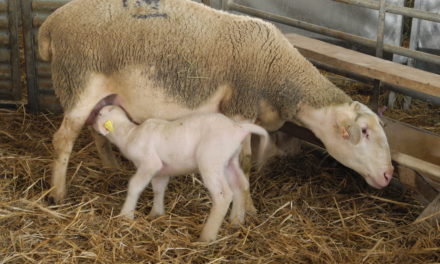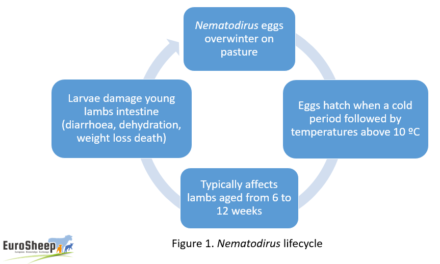This post is also available in:
![]()
![]()
![]()
![]()
![]()
![]()
Vaccinating against Clostridia and Pasteurella
Solution name: Vaccinating against Clostridia and Pasteurella
Aim: To present the benefits of vaccination against Clostridia and Pasteurella
Description:
- Clostridia and Pasteurella are two families of bacteria that can cause major problems to sheep flocks
- Pulpy kidney, black disease, braxy, lamb dysentery, struck, blackleg, tetanus, bacterial red water, haemorrhagic enteritis, enterotoxaemia, Clostridial metritis, malignant oedema, and Pasteurella pneumonia are diseases that can be vaccinated against
- Most of these diseases do not cause detectable illness/symptoms other than death and outbreaks can occur
How to implement:
- By vaccinating ewes annually before lambing, their antibody levels remain sufficiently high to allow protective cover to be transferred to their lambs
- For lambs to benefit from their dam’s vaccination, they must receive adequate quantities of good quality colostrum within the first 2 hours after birth to receive passive immunity
- Animals should not be vaccinated if sick or immunodeficient
- Vaccine type (Clostridial +/- Pasteurella) depends on individual farm issues
- Vaccine should be stored as directed and shelf life before and after opening observed
- Vaccination procedure can vary but it is typically administered by subcutaneous injection in the lateral side of the upper neck
- The bottle should be well shaken before any vaccine is withdrawn
- Syringes and needles should be sterile before use and the injection should be made through an area of clean, dry skin taking precautions against contamination
A typical schedule for both Clostridial and Pasteurella vaccination in sheep is presented in the table below.
Topic: Health
Production: Dairy / Meat
Animal Category: Adult / Lamb / Replacement
Issue:Flock health – vaccines
Level of Solution: Knowledge, Practical
Country: Ireland

Expected benefits
Expected benefits:
- Risk of death from Clostridial and Pasteurella diseases are drastically reduced
Prerequisites and/or limits (knowledge, training, capabilities, cost, management, facilities, equipment, etc.)
- Availability and proper storage facilities for vaccines
Cost Benefit analysis
The use of Clostridial and Pasteurella vaccinations will increase medicine costs but this is offset by the decrease in lamb and ewe mortality, which increases animal output and flock profitability.
Sustainability analysis
Reducing Clostridial and Pasteurella diseases reduces lamb and ewe mortality, thus increasing the number of animals drafted for slaughter and ewe productivity i.e. lambs reared per ewe joined.
A reduction in Clostridial and Pasteurella diseases improves animal welfare and creates a better work environment, all of which has a positive effect on farmer image.







